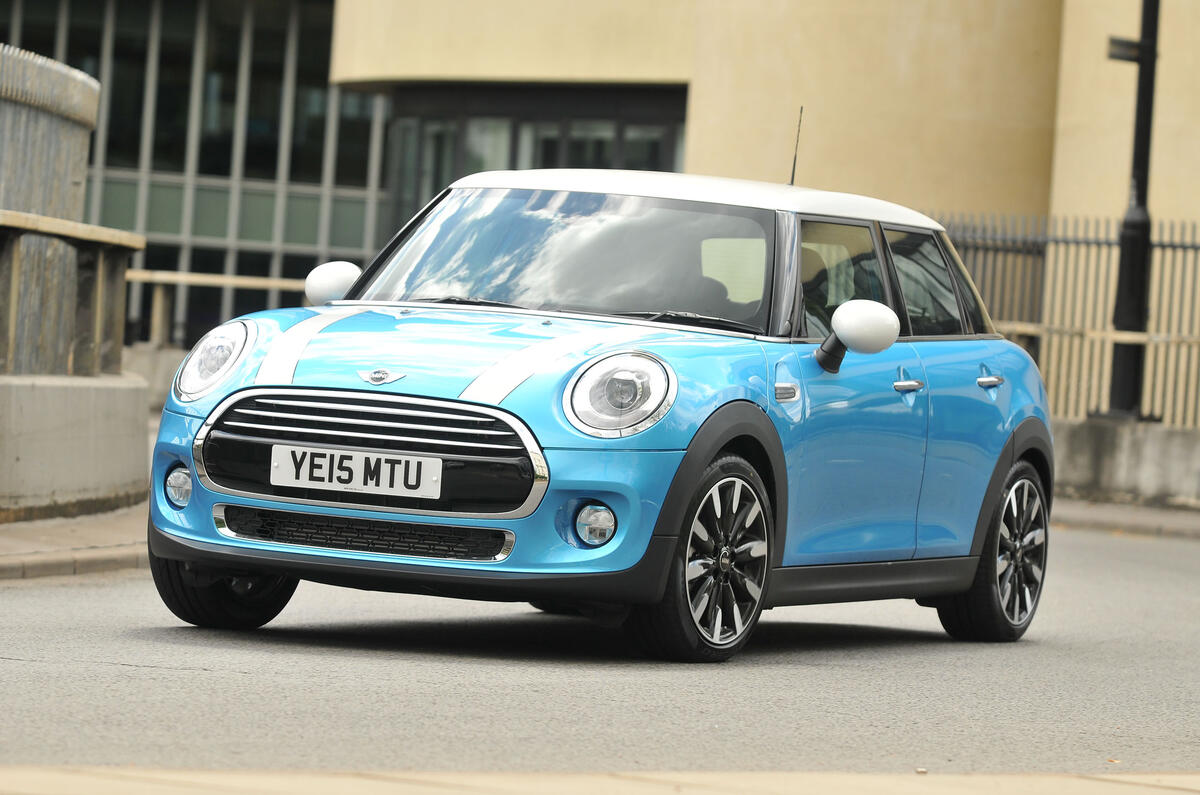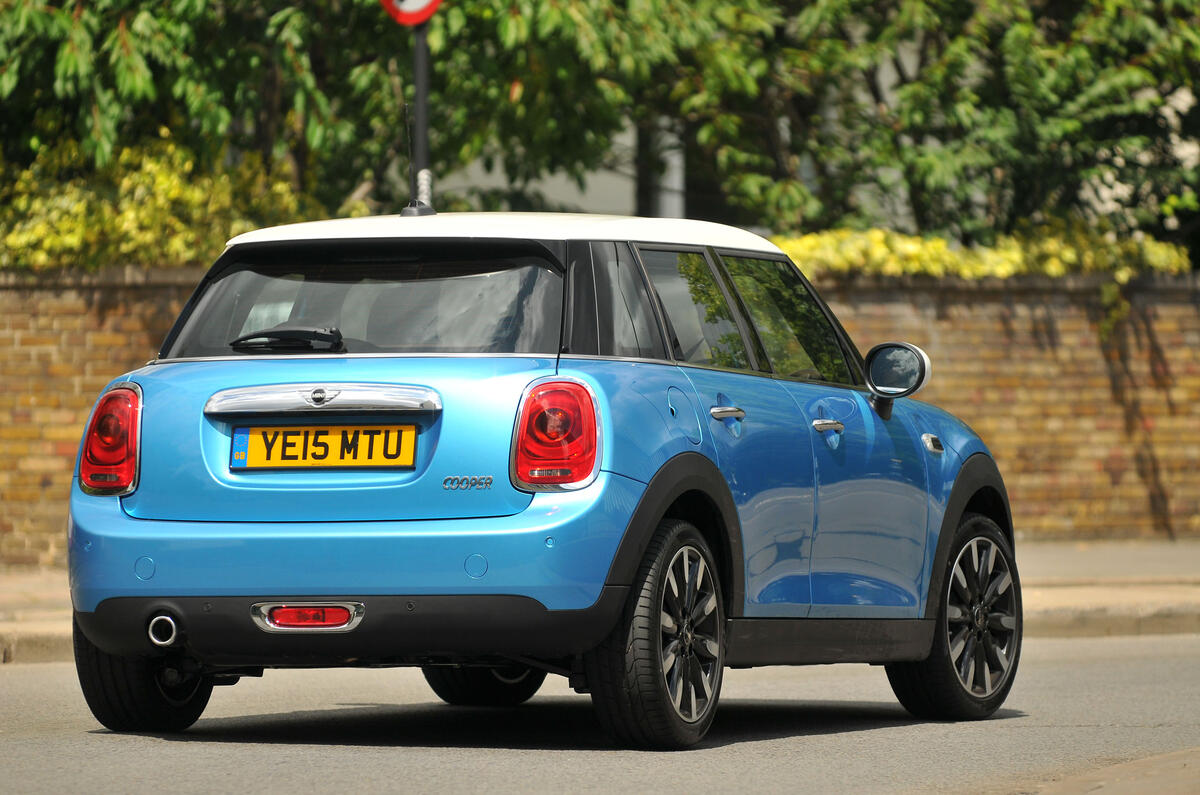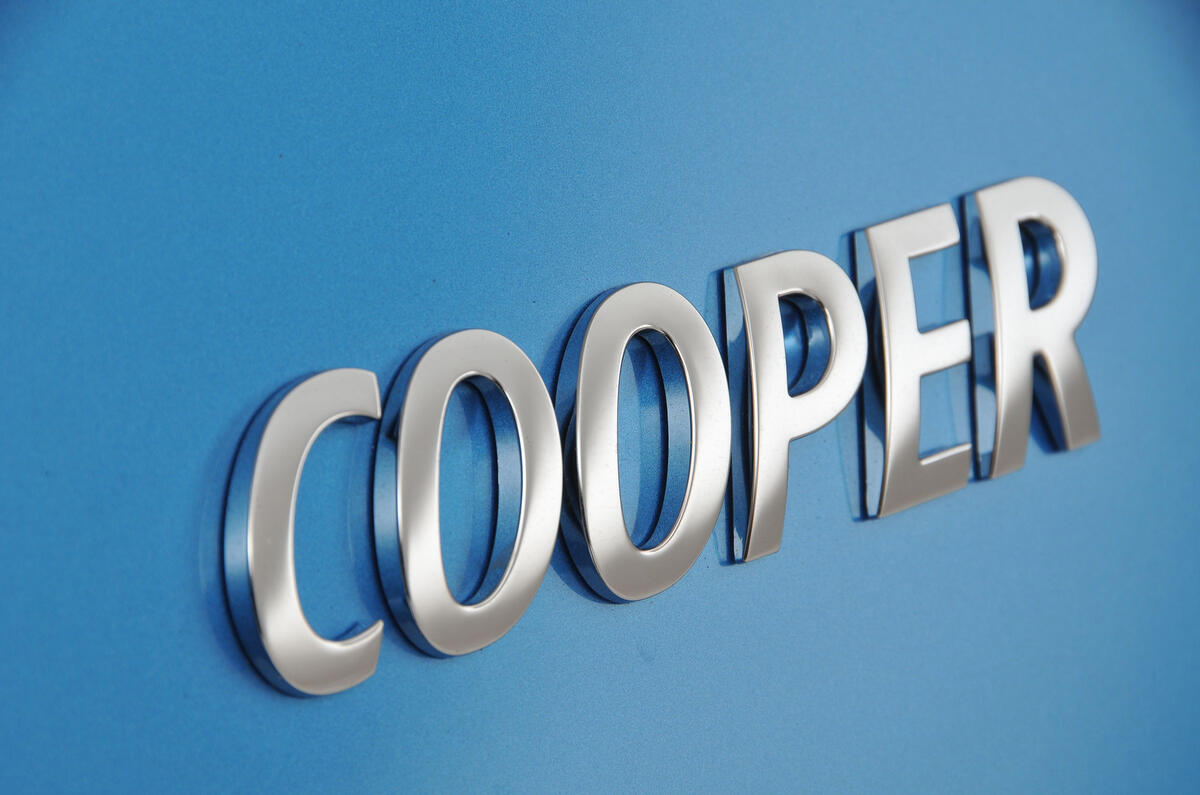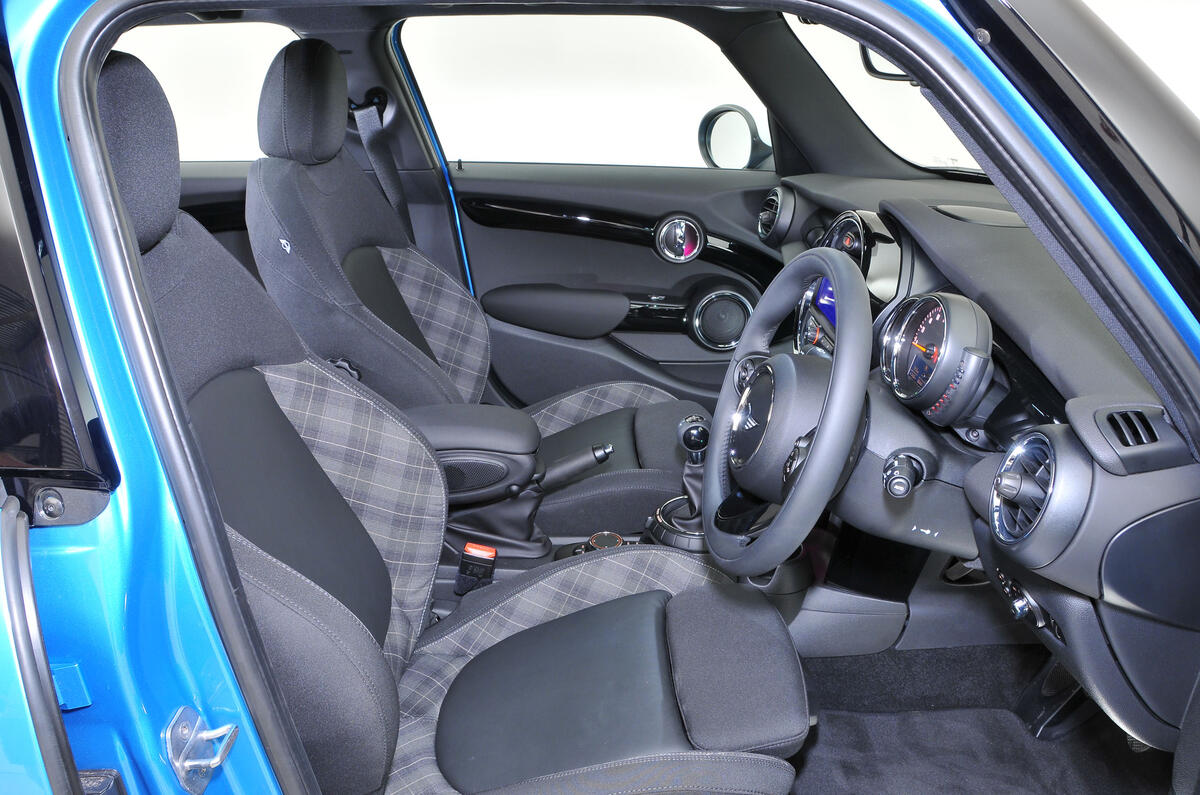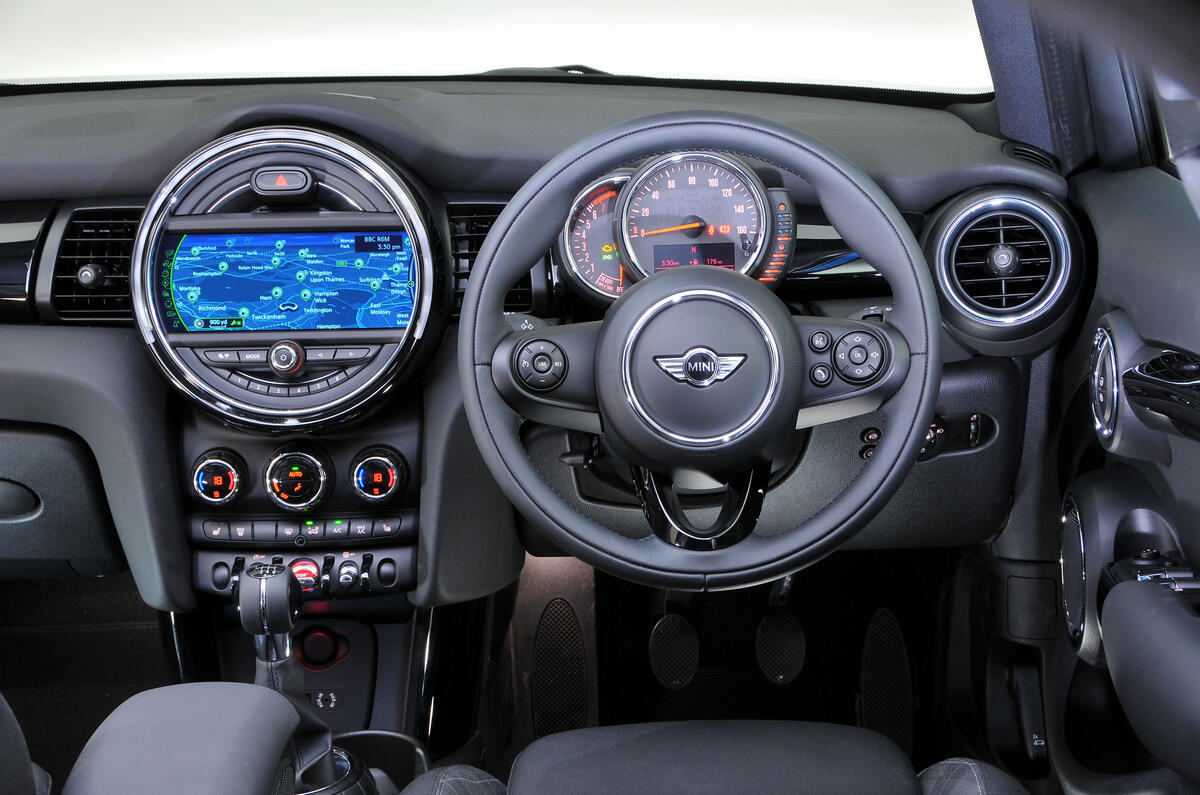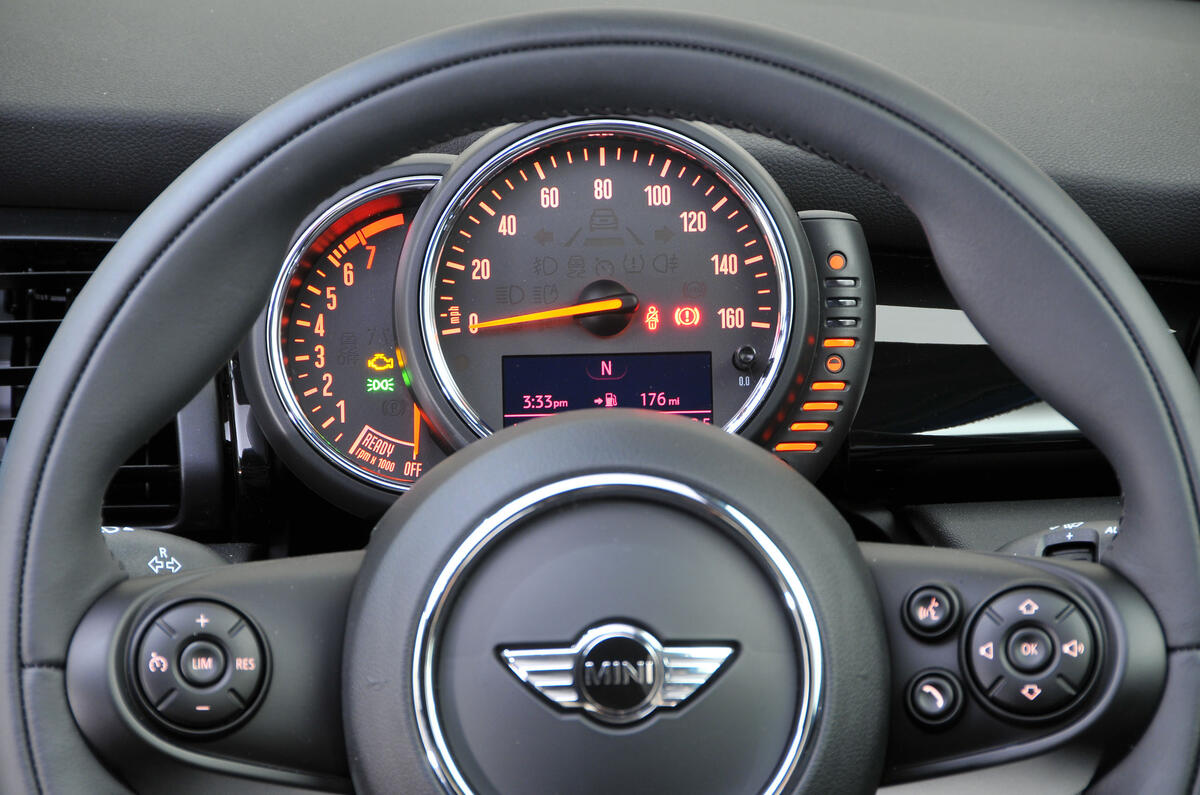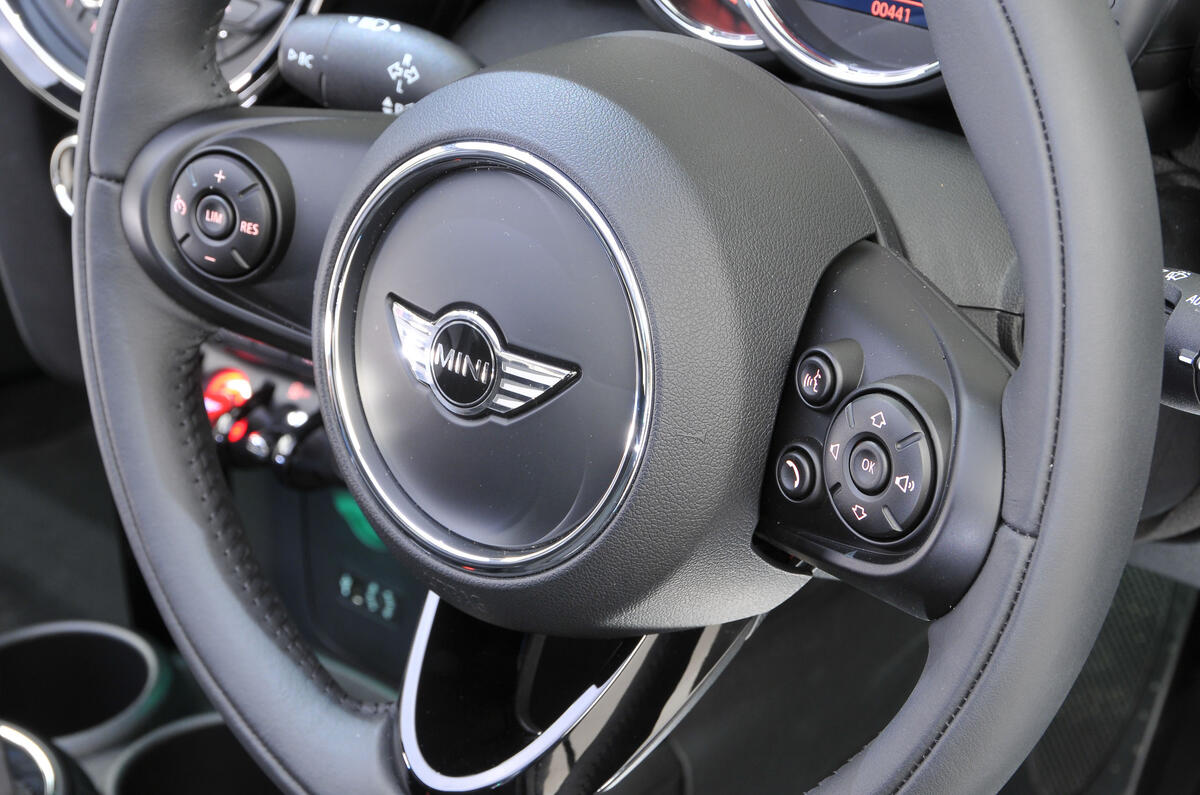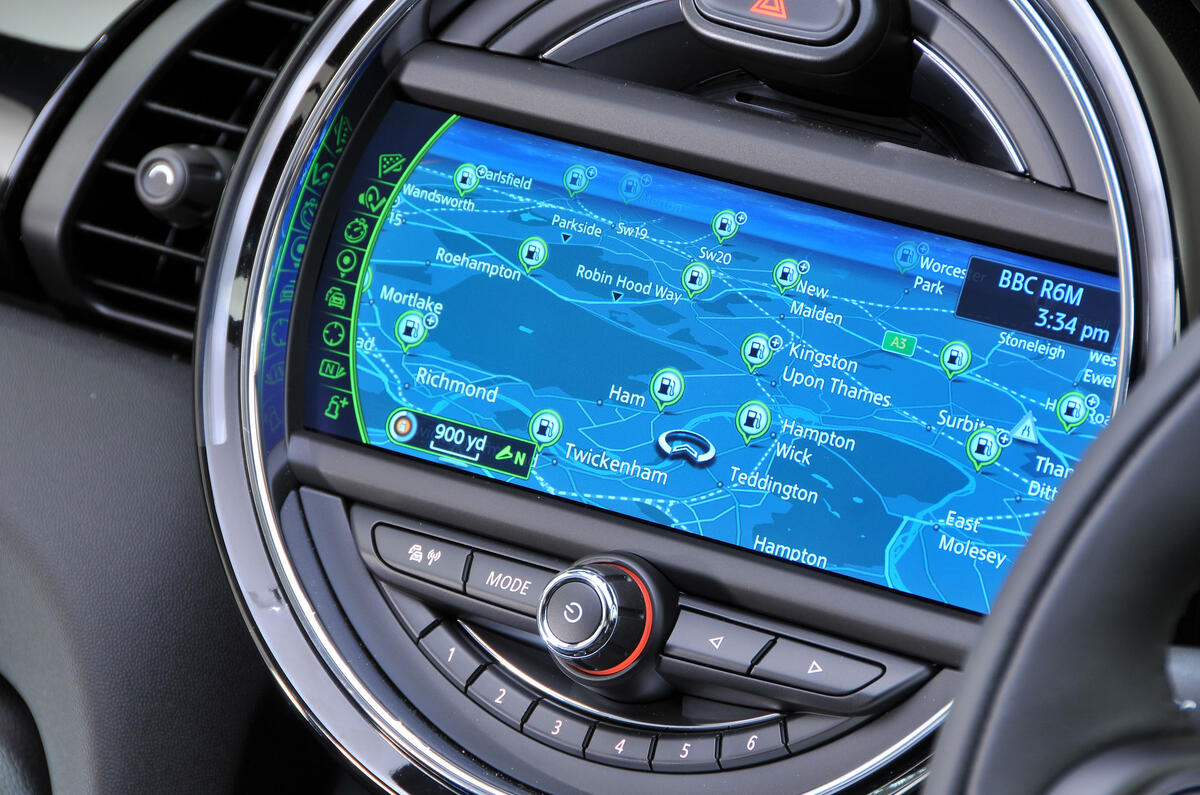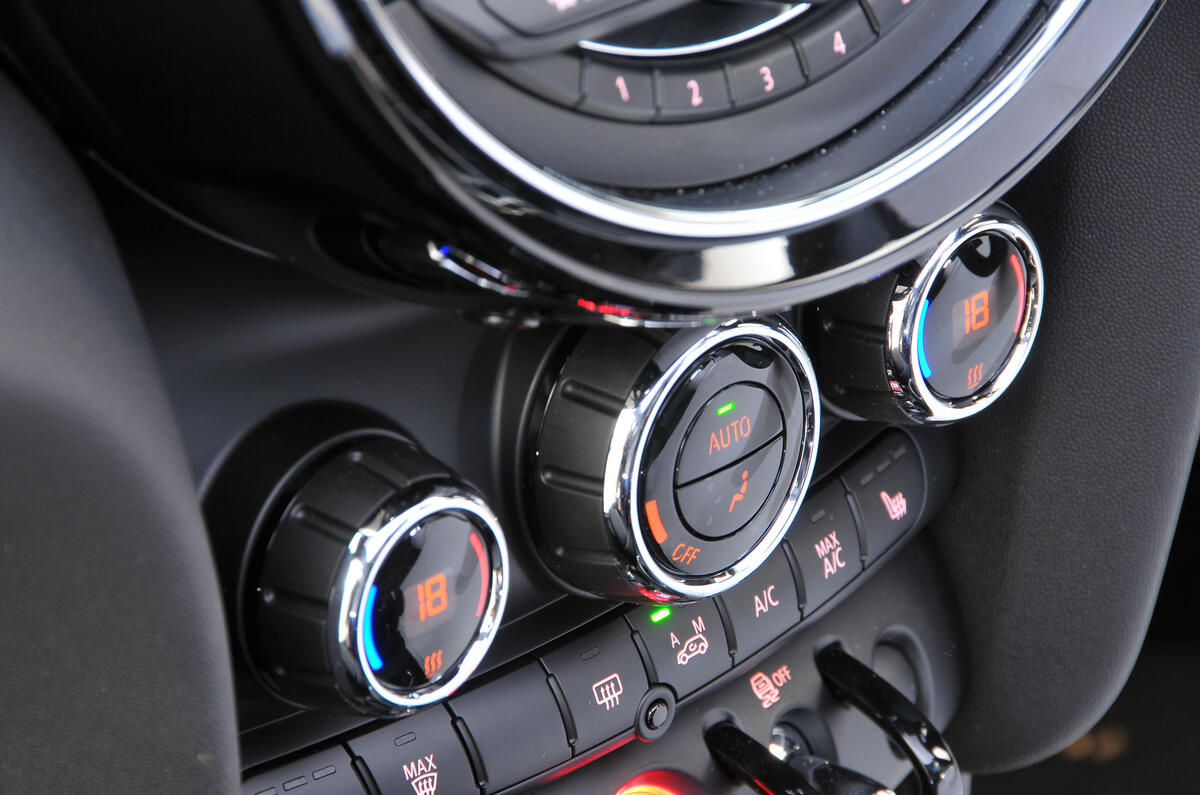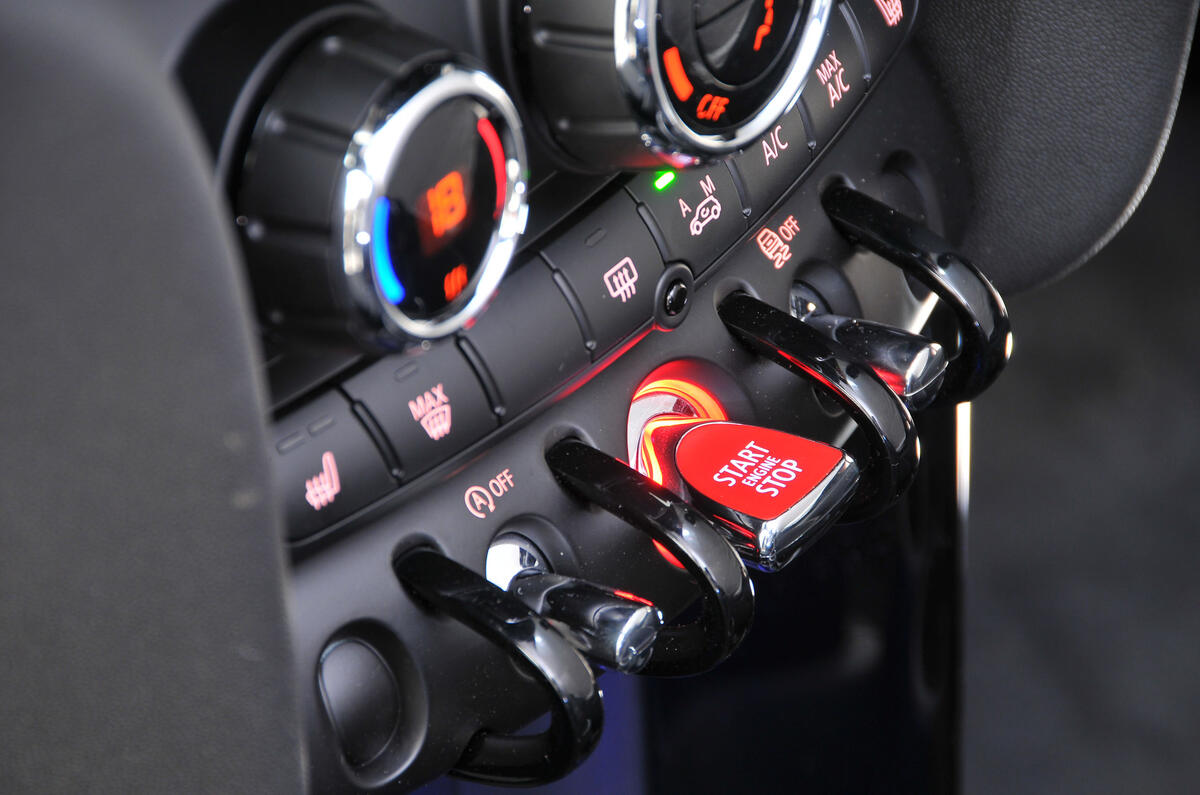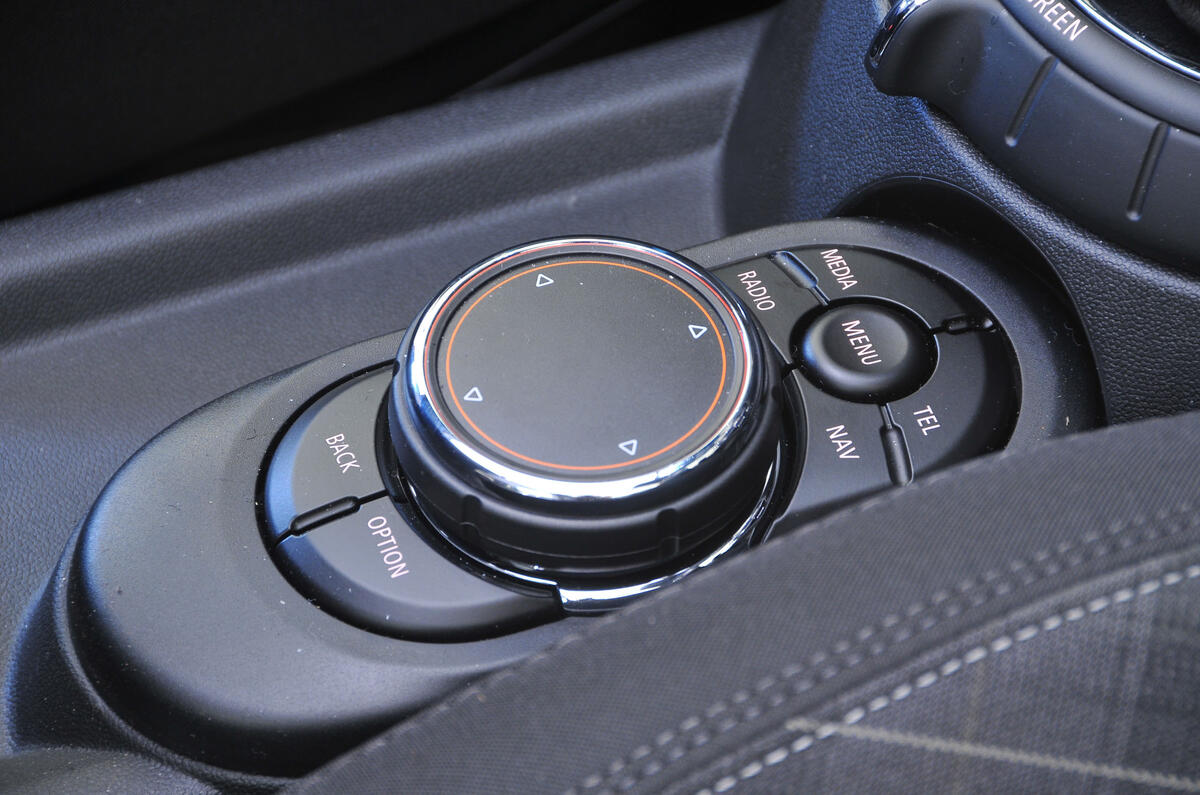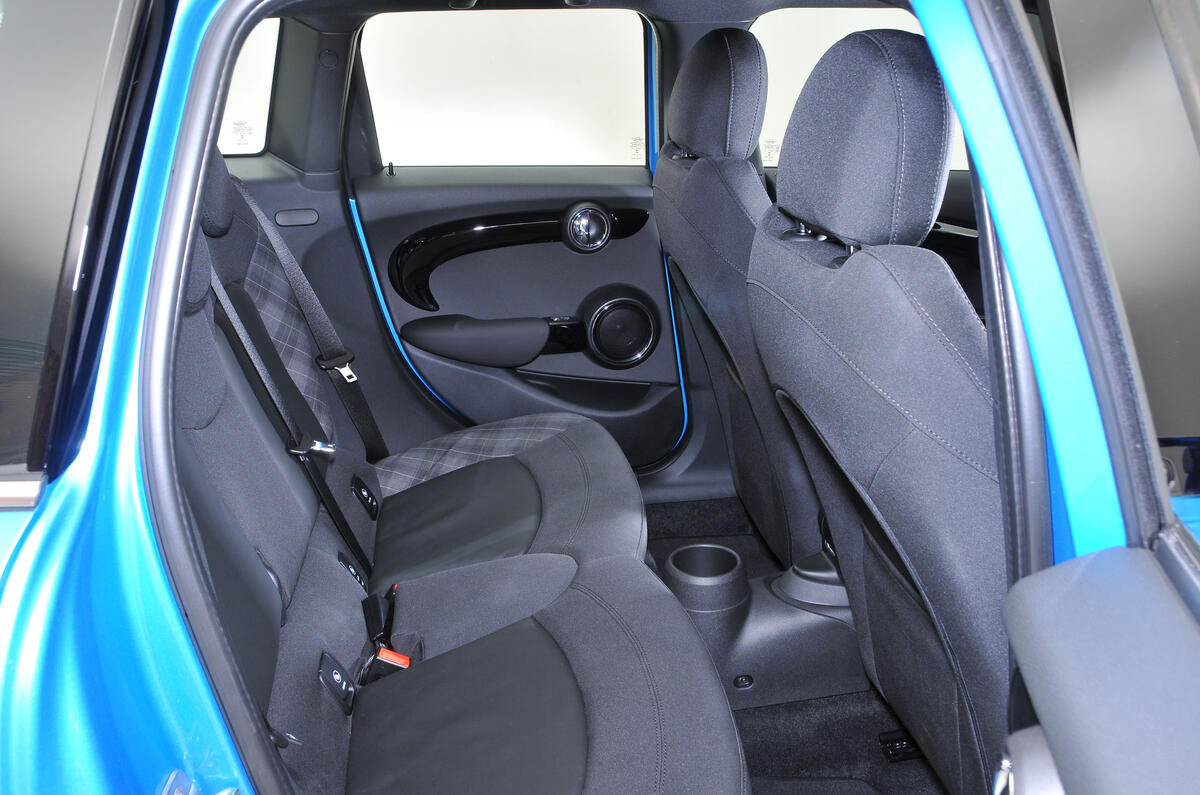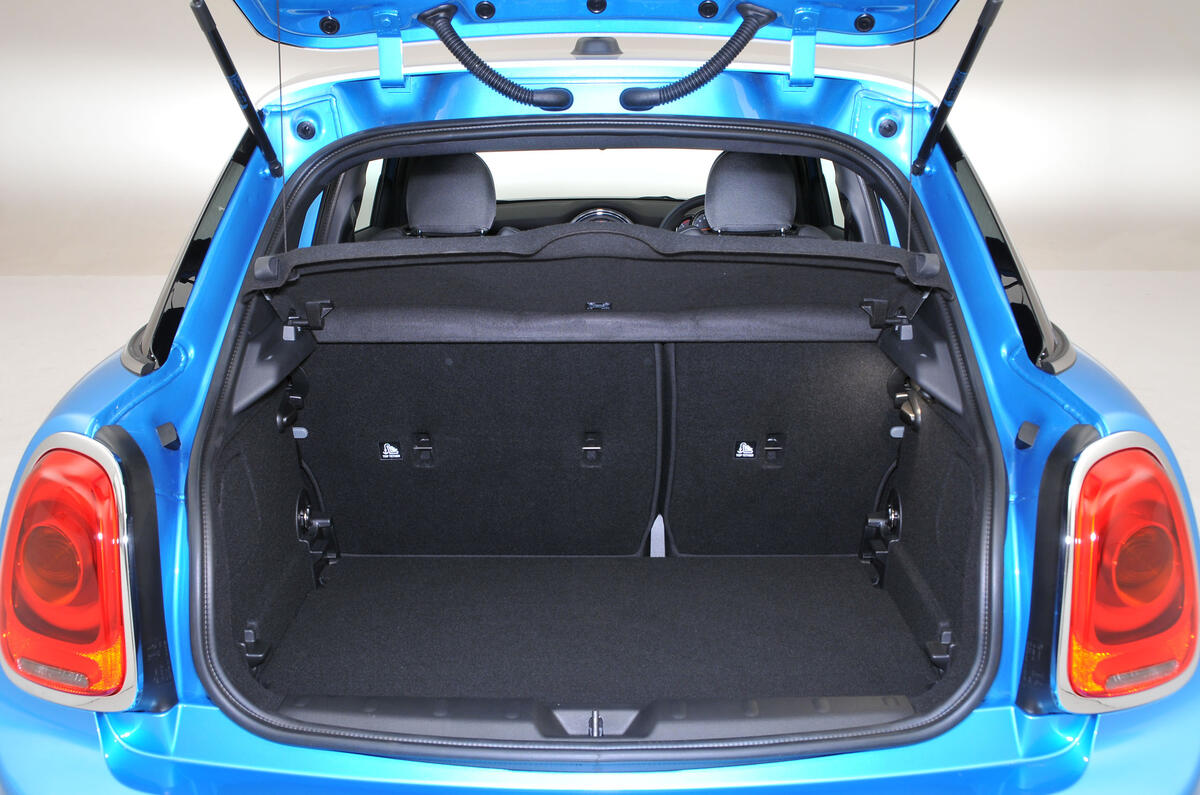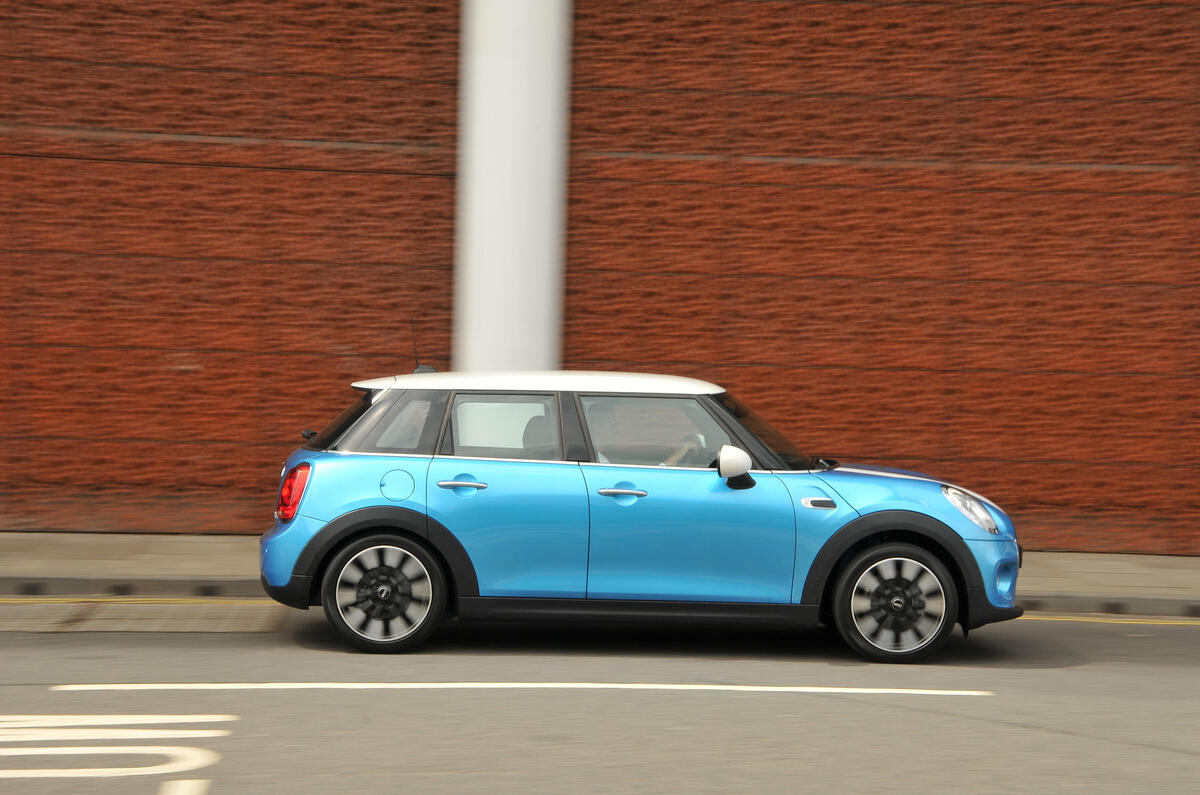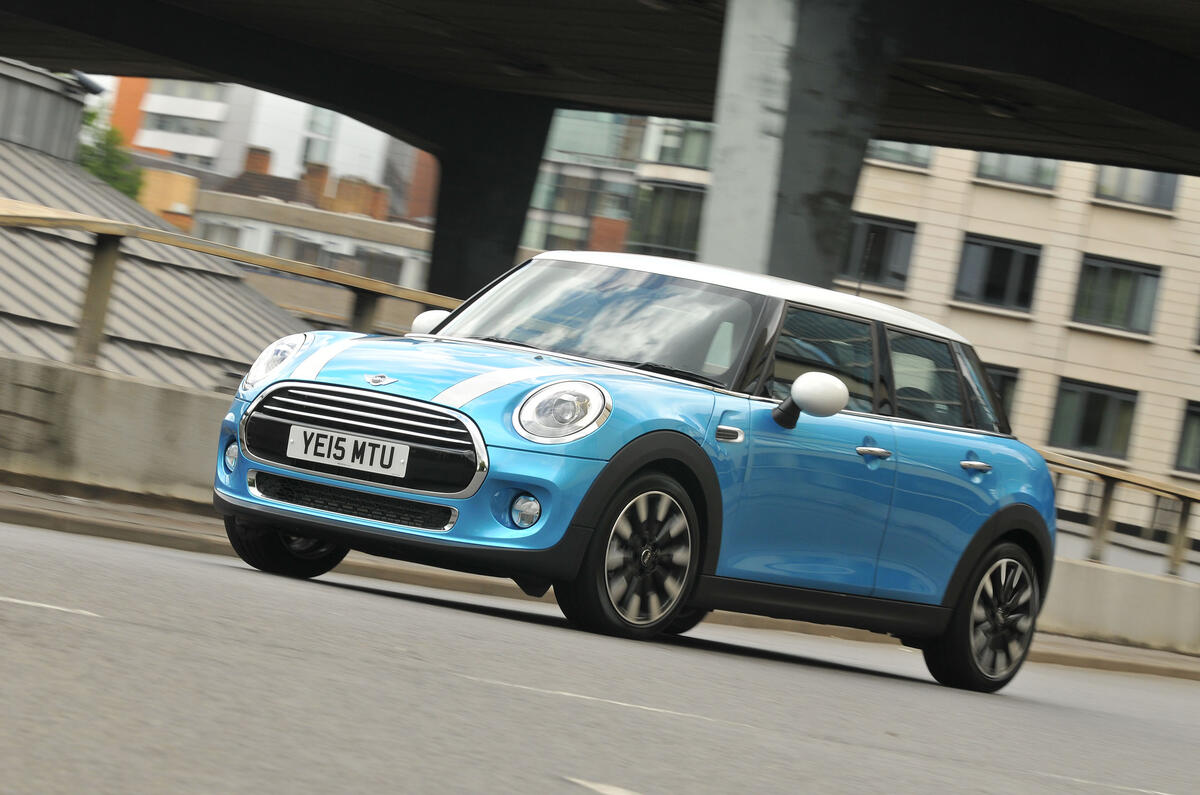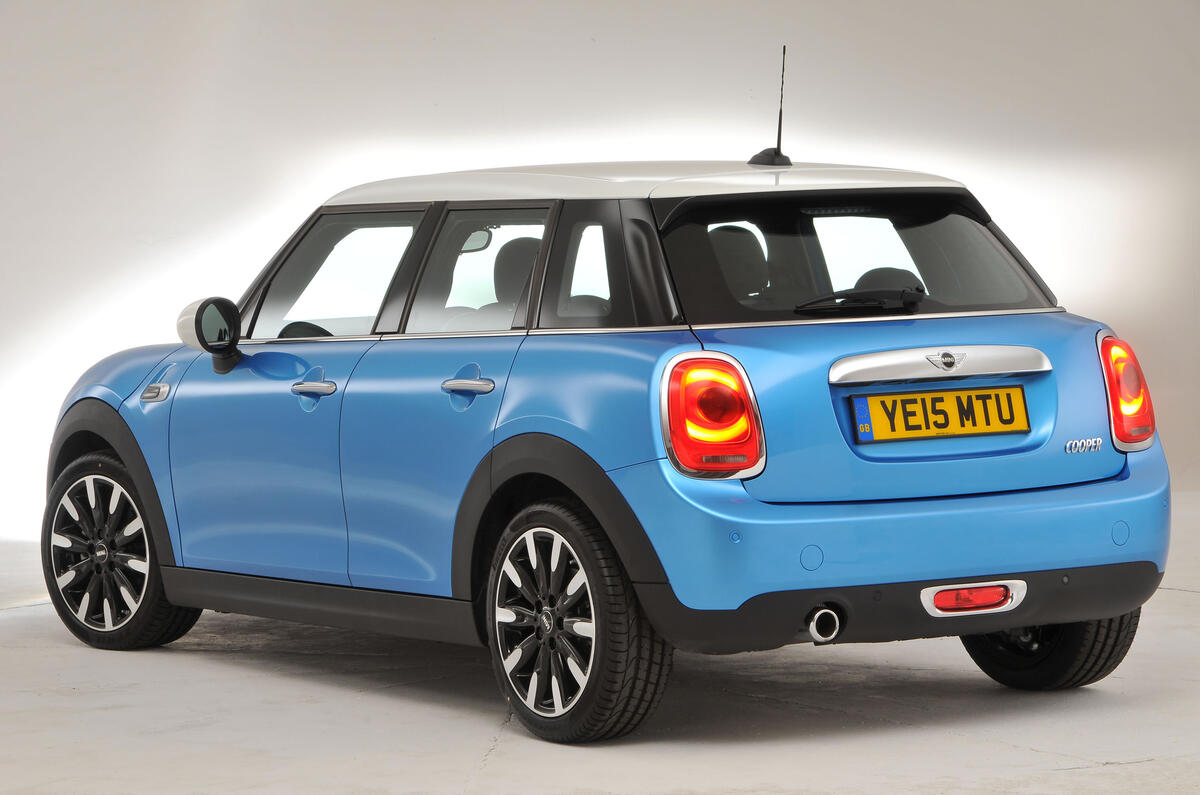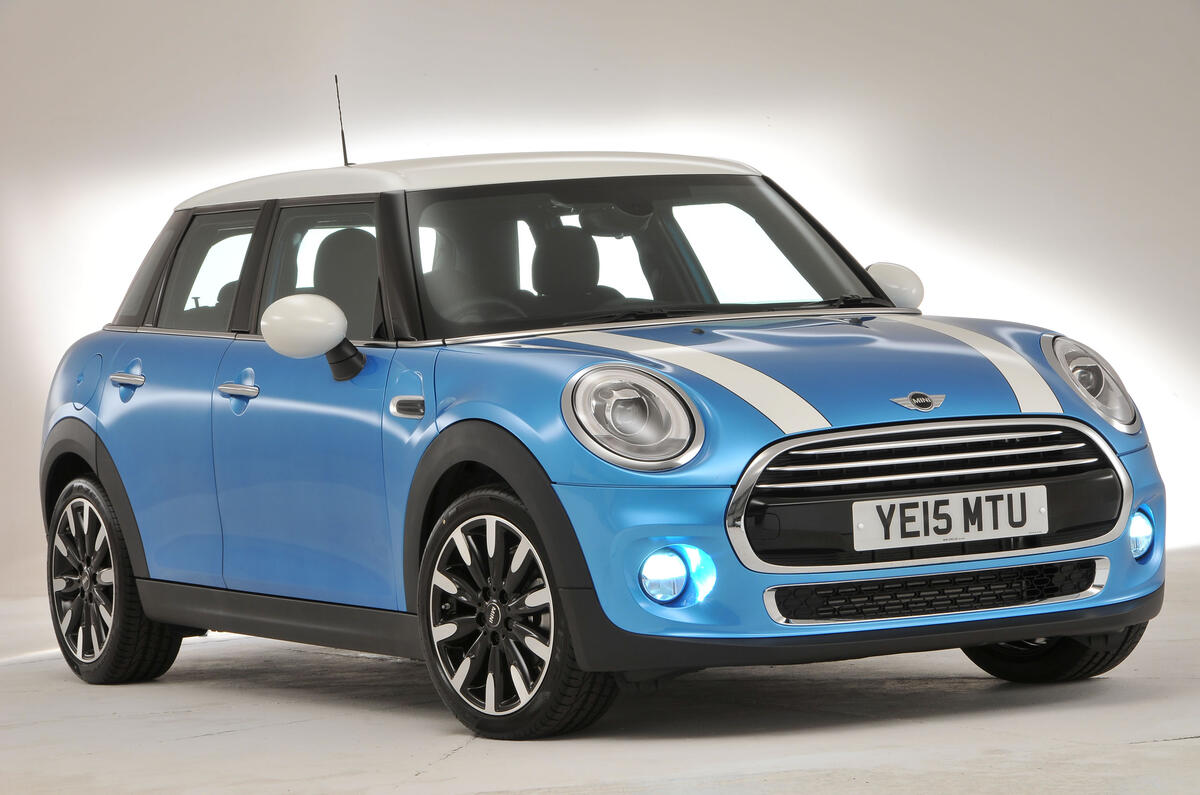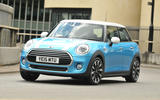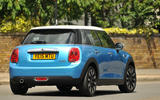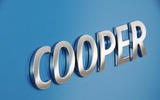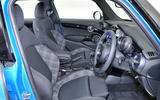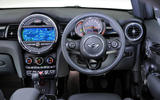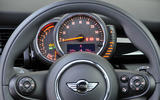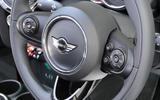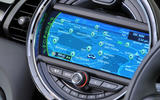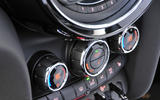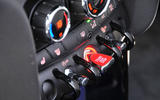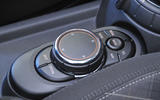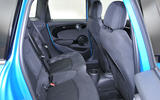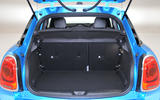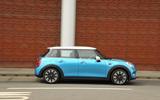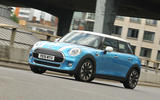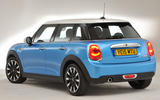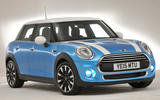The third-generation 'new' Mini hatchback is perhaps the most important yet. It shows a Mini/BMW future using a common platform, which has been used on the BMW X1, Mini Clubman and the Mini Countryman to name a few. There is also a new range of three-cylinder engines and for the first time the little hatch has blossomed a five-door body shape.
Certainly, from the snug confines of the optional sport seats, it is hard to argue that the new five-door hatch is anything but a huge step forward. From behind its classy multi-function steering wheel - itself part of a significant rethink of the interior - the driving experience is welcomingly familiar.
But there is also a newfound maturity and sense of quality that makes the car even more pleasant to be in and a good deal more rewarding to drive.
Powering the Mini 5dr hatch
The turbocharged 1.5-litre three-cylinder petrol unit is one of four all-new, in-house-developed forced-induction three and four-cylinder engines for the new Mini. It is an absolute belter, serving up the sort of performance and user-friendliness its relatively conservative power output fails to convey on paper.
As fitted here, it produces 134bhp at 4500rpm and 162lb ft at just 1250rpm. The range also includes two other petrols including a 101bhp 1.2-litre engine found in the Mini One, and a 189bhp 2.0-litre engine in the Cooper S. As for the diesel line-up there are two variants of the 1.5-litre three-cylinder unit used in the One D and Cooper D, while topping the range is 2.0-litre, four-cylinder engine found in the Cooper SD.


